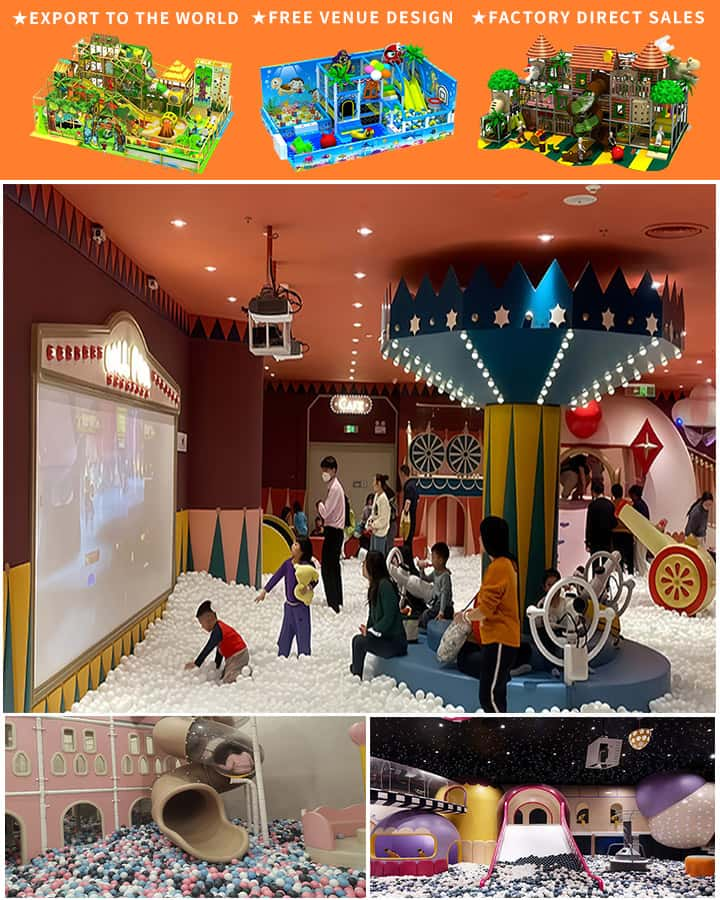Playgrounds are a vital part of childhood, providing spaces for kids to engage in physical activity, explore their creativity, and interact with others. If you’re learning Spanish or simply interested in the names of various playground equipment in Spanish, this article will guide you through some common terms. Understanding these names can be particularly useful if you’re traveling to a Spanish-speaking country or if you have bilingual children.
Common Playground Equipment Names in Spanish:
- Columpio (Swing)
- The columpio is perhaps one of the most iconic pieces of playground equipment. It consists of a seat suspended by ropes or chains that swing back and forth. Children often find it exhilarating to soar high on a swing.
- Tobogán (Slide)
- Another staple of playgrounds worldwide is the slide, known as “tobogán” in Spanish. Kids can climb to the top and then zip down the smooth surface, enjoying the thrill of speed and gravity.
- Escalera para trepar (Climbing Ladder)
- This piece of equipment helps develop coordination and strength. The “escalera para trepar” allows children to climb up and down, fostering physical activity and confidence.

- Balancín (Seesaw)
- The seesaw, called “balancín” in Spanish, is perfect for social play. Children sit at either end, and as one goes up, the other comes down, promoting cooperation and balance.
- Barril de equilibrismo (Balance Barrel)
- The barrel balance, known as “barril de equilibrismo,” challenges kids to maintain their balance while sitting inside a rotating drum. It’s a fun way to work on motor skills and coordination.
- Cacho de tijera (Scissor Climb)
- A bit more advanced, the scissor climb or “cacho de tijera” involves climbing between two inclined ladders that move away from each other as a child ascends. This requires both physical strength and problem-solving skills.
- Espíritu de la bandera (Flag Pole)
- The flag pole, or “espíritu de la bandera,” offers another climbing challenge. Children must navigate steps, rings, or ropes to reach the top, where they might raise a flag or ring a bell.
- Gimnasio de barras paralelas (Parallel Bars)
- Often found in larger playgrounds, the parallel bars or “gimnasio de barras paralelas” allow children to practice upper body strength and coordination by walking along the bars.
- Muro de escalada (Climbing Wall)
- For those who love a challenge, the climbing wall or “muro de escalada” provides an excellent workout. It requires determination and strategy to scale the wall safely.
- Pista de bicicletas (Bike Path)
- Some playgrounds include designated paths for bicycle riding, known as “pista de bicicletas.” These paths offer a safe environment for children to practice riding skills.
Why Learn These Names?
Knowing the names of playground equipment in Spanish can enhance your travel experiences, allowing you to better navigate parks and recreational areas. If you’re a parent, teaching your children these terms can also aid in their bilingual education, making playtime both fun and educational.
In conclusion, whether you’re planning a trip to a Spanish-speaking country or simply looking to enrich your vocabulary, understanding playground equipment names in Spanish can be very beneficial. It opens up new opportunities for interaction and enjoyment, both for children and adults alike. So next time you visit a playground, you’ll not only know what to call the equipment but also appreciate the cultural nuances that come with it.




